Introducción: La evolución de las herramientas de IA y su impacto en el mundo empresarial
La IA (inteligencia artificial) solía ser una tecnología utilizada solo por unos pocos expertos. Sin embargo, en la década de 2020, a partir de la aparición de ChatGPT, la IA se ha integrado profundamente en nuestro trabajo y vida diaria. Hoy en día, las herramientas de IA se utilizan en todos los sectores y profesiones, desde la generación de textos, el diseño, la traducción, la búsqueda, el análisis, la atención al cliente e incluso la atención al cliente.
Especialmente entre 2023 y 2024, la adopción de la IA generativa en las empresas se aceleró. Con las empresas tecnológicas más grandes del mundo compitiendo por lanzar productos de IA, como ChatGPT de OpenAI, Gemini (anteriormente Bard) de Google y Microsoft Copilot, el uso de la IA en las empresas está pasando de una fase de “tener o no tener” a una fase de “cómo usarla eficazmente”.
Este artículo presenta las 100 herramientas de IA más utilizadas en el mundo , clasificadas, y ofrece un análisis detallado de las 10 herramientas más destacadas, incluyendo sus usos, ejemplos de empresas que las han implementado y el número de usuarios. El artículo está dirigido a empresarios en general y contiene contenido práctico tanto para quienes estén interesados en el uso de la IA como para quienes estén considerando implementarla en el futuro.
En cuanto a los datos, Doryman Co., Ltd. se encarga de analizarlos en internet y crear clasificaciones basadas en el número estimado de usuarios mensuales. Las 100 mejores clasificaciones y la información de referencia se encuentran al final de la página.
- Capítulo 1: Tendencias en herramientas de IA según las clasificaciones globales
- Chapter 2: The landscape of AI tools by use
- Chapter 3: Notable AI tools and their benefits
- Chapter 4: AI usage trends by country and regional characteristics
- Chapter 5: Business Use Cases and Implementation Strategies
- Chapter 6: The future of AI tools and recommendations for business people
- Chapter 7: Summary – The future of working with AI
- Conclusion: Shifting AI from something that is “used” to something that can “be used effectively”
Capítulo 1: Tendencias en herramientas de IA según las clasificaciones globales
Primero, analicemos los datos de la clasificación de las 100 herramientas de IA más utilizadas a nivel mundial. Esta clasificación se basa principalmente en los siguientes factores:
- Número mensual de usuarios y visitas (datos externos de SimilarWeb, etc.)
- Usos diversos y únicos
- Popularidad en los negocios, la educación y el uso personal.
- Tendencias de uso por país
- La confiabilidad y la influencia del proveedor en el mercado
Con solo observar las 10 herramientas principales, podemos ver la amplia gama de aplicaciones de IA, incluida la IA conversacional, la traducción, el diseño, el soporte de codificación , etc. A continuación, se muestran las 10 herramientas principales del mundo a partir de 2025.
| Categoría | Nombre de la herramienta | Aplicaciones principales | El hombre que se levantó | Número estimado de usuarios por mes |
|---|---|---|---|---|
| 1 | ChatGPT | IA conversacional, generación de texto, traducción, resumen | OpenAI | 31 de julio |
| 2 | Canva | Diseño gráfico, creación de documentos | Canva Pty Ltd | Más de 800 millones de veces |
| 3 | DeepL | Traducción de gran precisión | DeepL GmbH | Hace 3 días |
| 4 | Google Gemini (antiguo Bard) | Generación de texto, asistencia de búsqueda, soporte de imágenes. | Hace 2,6 años | |
| 5 | IA de personajes | Creación de personajes con IA con diálogos personalizables | Personaje.AI | Año 2.2 |
| 6 | Gramáticamente | Corrección de textos en inglés, asistencia gramatical | Grammarly Inc. | Hace 1,9 años |
| 7 | Microsoft Copilot | IA integrada con productos de Office | Microsoft | Hace 1.8 años |
| 8 | IA de perplejidad | Advanced AI search engine | Perplexity | 約1.5億回 |
| 9 | Claude | Conversational AI (developed by Anthropic) | Anthropic | 約1.4億回 |
| 10 | Jasper | Marketing Copy Generation | Jasper Inc. | 約1.2億回 |
Chapter 2: The landscape of AI tools by use
1. Generative AI (interactive text generation)
Representative tools: ChatGPT, Claude, Gemini, JasperThis
category is by far the most popular. It is increasingly being applied to daily work, such as drafting business emails, writing marketing copy, and summarizing business reports. OpenAI’s ChatGPT is also widely used in Japan, and many companies are already using it to improve business efficiency.
2. Translation and language support
Representative tools: DeepL, Grammarly
DeepL has a high reputation in the translation field, which is essential for global business. It is not just a direct translation, but a “natural translation” that understands the context, and is also said to surpass Google Translate, especially in English-Japanese and Japanese-English translation. Grammarly has become a standard in the field of English checking.
3. Design Presentation
Main tool: Canva
A powerful tool for creating business materials and marketing visuals. It has a wide variety of templates, and even non-designers can create high-quality deliverables in a short amount of time. There are many cases where it has been used to create presentation materials.
4. Business Assistant/Integrated AI
Representative tools: Microsoft Copilot, Notion AI, Zapier AI
Microsoft Copilot integrates AI into Office products such as Word and Excel. It is especially popular for its automatic generation of Excel functions and for generating drafts of PowerPoint documents.
Chapter 3: Notable AI tools and their benefits
Here we take a closer look at three of the top tools that are considered to have the greatest business value:
1. ChatGPT(OpenAI)
- Characteristics : Overwhelming sentence generation ability and natural conversation ability. Also good at coding, translating, and summarizing.
- Business applications : chatbots for customer support, automated email generation, sales proposal drafting, etc.
- Examples of companies using the system : PwC, KDDI, Salesforce, etc.
2. Microsoft Copilot
- Features : Business AI integrated into Word, Excel, and Teams.
- Business applications : Creating minutes, summarizing Excel data, reply support in Outlook, etc.
- Examples of companies using the service : Rapidly expanding, primarily among Fortune 500 companies.
3. Canva
- Features : Easy-to-use design tools even for beginners.
- Business applications : creating presentation materials, SNS banners, business cards and posters, etc.
- Examples of companies that have adopted the system : It is popular among marketing departments and startups.
Figure 1: “Top 10 AI Tools in the World (by number of visits)” bar graph

Chapter 4: AI usage trends by country and regional characteristics
The prevalence of AI tools varies greatly from country to country and region to region. Cultural background, IT infrastructure, language environment, government digital policies, and other factors influence the situation, so the same tools are used differently in each country.
● The United States: A leader in generative AI
In the United States, generative AI such as ChatGPT, Gemini, and Claude are overwhelmingly popular. They are also being introduced in companies, and are used in a variety of areas such as marketing, sales, legal affairs, and customer support. In particular, startup companies have a culture of viewing AI as a “leverage tool” rather than a “substitute for employees.”
● Japan: Educational and personal use takes the lead
The use of ChatGPT is spreading in Japan, especially among educational institutions and individual users. Its use in companies is still in its infancy, and in some cases it is limited to “limited introduction” or “trial introduction” due to concerns about security and governance. However, Canva and DeepL are already widely accepted and have become established as tools that support “creativity” and “breaking down language barriers.”
Germany and France: Emphasis on privacy
In Europe, especially Germany and France, emphasis is placed on compatibility with the General Data Protection Regulation (GDPR), and there is a cautious stance towards introducing AI. Among them, DeepL (from Germany) is highly regarded as “trustworthy AI from Europe.”
● India and Brazil: The spread of mobile-first
In countries where people live digital lives centered around smartphones, ease of use of AI tools as mobile apps is important. In India, AI is being actively used in the education sector, while in Brazil, social media-based AI is being actively used.
Chapter 5: Business Use Cases and Implementation Strategies
When introducing AI tools into your business, you need to have clear objectives, such as:
● Improve business efficiency
- ChatGPT: Automate internal FAQs, take meeting minutes, and draft sales emails
- Microsoft Copilot: Excel function support, data visualization support
● Marketing support
- Canva: Creating social media advertising materials, landing page banners, and presentation materials
- Jasper: AI-generated blog posts and sales letters
● Knowledge sharing
- Notion AI: Automatic organization of internal knowledge base, summarization of meeting notes
- Perplexity AI: Accelerating search and investigation tasks, extracting reliable information
● Translation and international business support
- DeepL: Accurate translation of contracts and internal manuals
- Grammarly: Automatically proofread your English emails
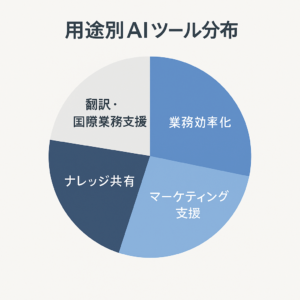
Chapter 6: The future of AI tools and recommendations for business people
AI tools are expected to evolve in the future to become more personalized and integrated. Generative AI will become even more powerful, and multimodal (text + image + voice) interfaces will become more common.
In addition, Microsoft and Google are steering toward integrating AI at the OS level, and going forward, rather than using specific tools, it will become standard for AI to be integrated into all business operations.
What business people should do now:
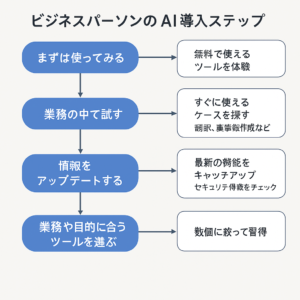
Chapter 7: Summary – The future of working with AI
The evolution of AI tools is not just a technology trend. It is already fundamentally changing the way we do business, and in the future, working with AI will become a normal part of life for all business people.
Looking at examples of companies adopting AI, the mainstream trend is not to use AI as a means to reduce manpower, but as a complementary tool that maximizes human capabilities. AI tools will become even more important in the future, particularly in the following three areas:
1. Augmenting knowledge workers with “augmented intelligence”
AI will greatly enhance the performance of each individual by complementing intellectual tasks such as text generation, summarization, research, and analysis. An environment is being created in which humans can concentrate on “judgment” and “creativity.”
2. Standardization of work and elimination of dependency on individuals
AI will make it easier to standardize and automate tasks that have traditionally tended to be dependent on individuals (document creation, translation, manual handling, etc.). Corporate know-how will also become easier to reuse.
3. Data and creativity go hand in hand
AI has both the analytical power to instantly process huge amounts of information and provide insight, and the creativity to produce output that humans could never have imagined. Incorporating these two capabilities into business operations opens the way to creating new value.
Conclusion: Shifting AI from something that is “used” to something that can “be used effectively”
In the future, disparities in the use of AI tools will directly affect the competitiveness of companies. What’s important is not to “prevent your job from being taken over by AI,” but to “become a talent that can use AI to produce greater results.”
You don’t need to use all 100 tools. Picking out a few tools that suit your work and purpose, and learning them through hands-on experience , will give you an edge in the coming age.
AI is not a threat. It is your right-hand man, a “co-worker” that supports your daily work and expands your possibilities.
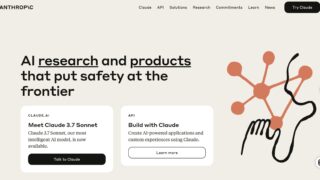
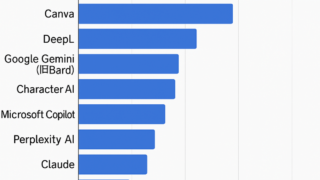
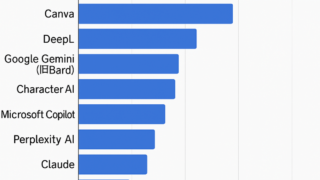

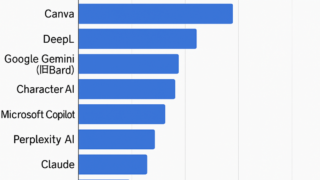
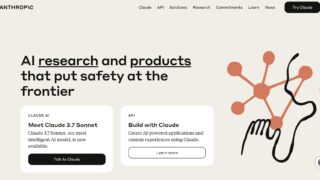
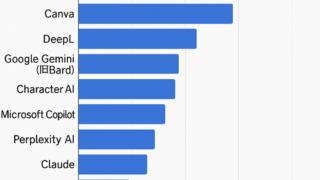


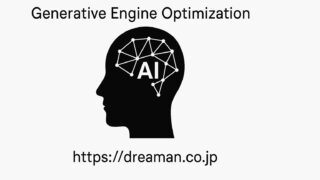
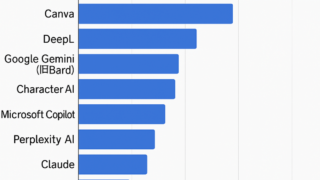


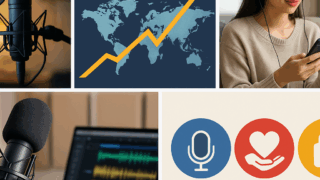
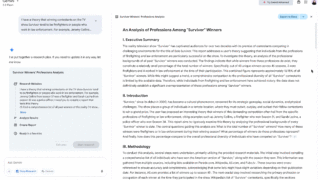
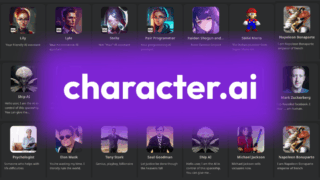

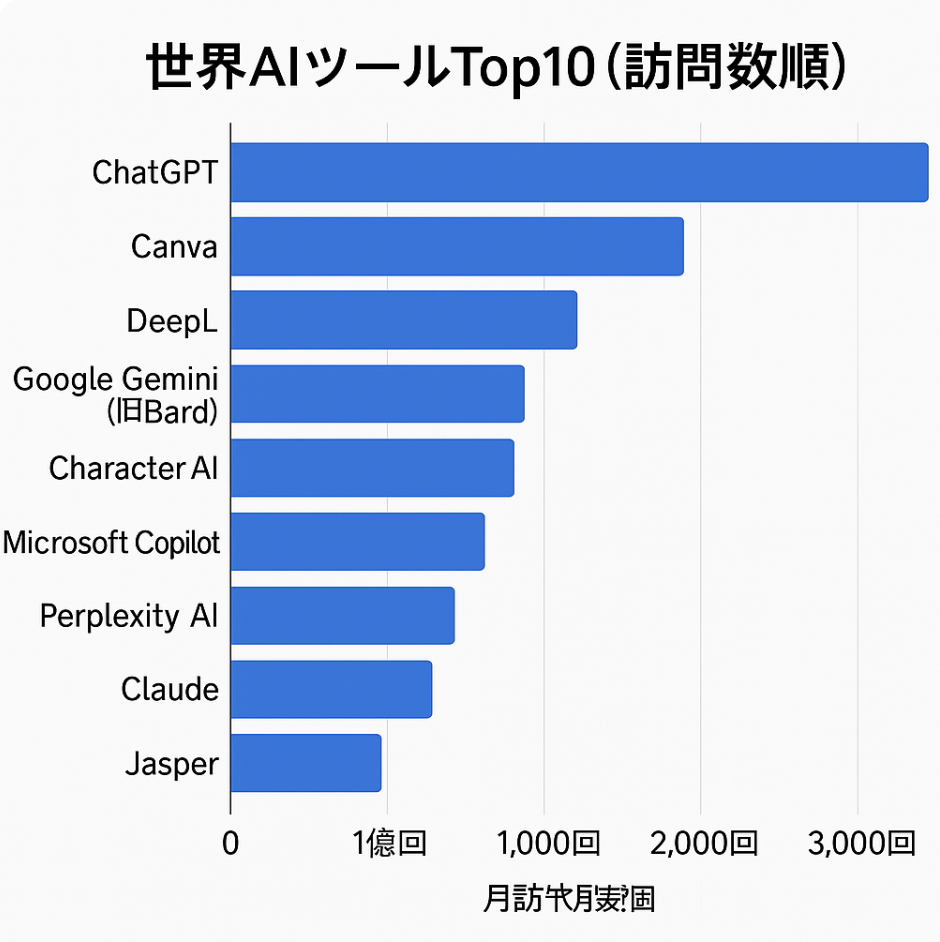
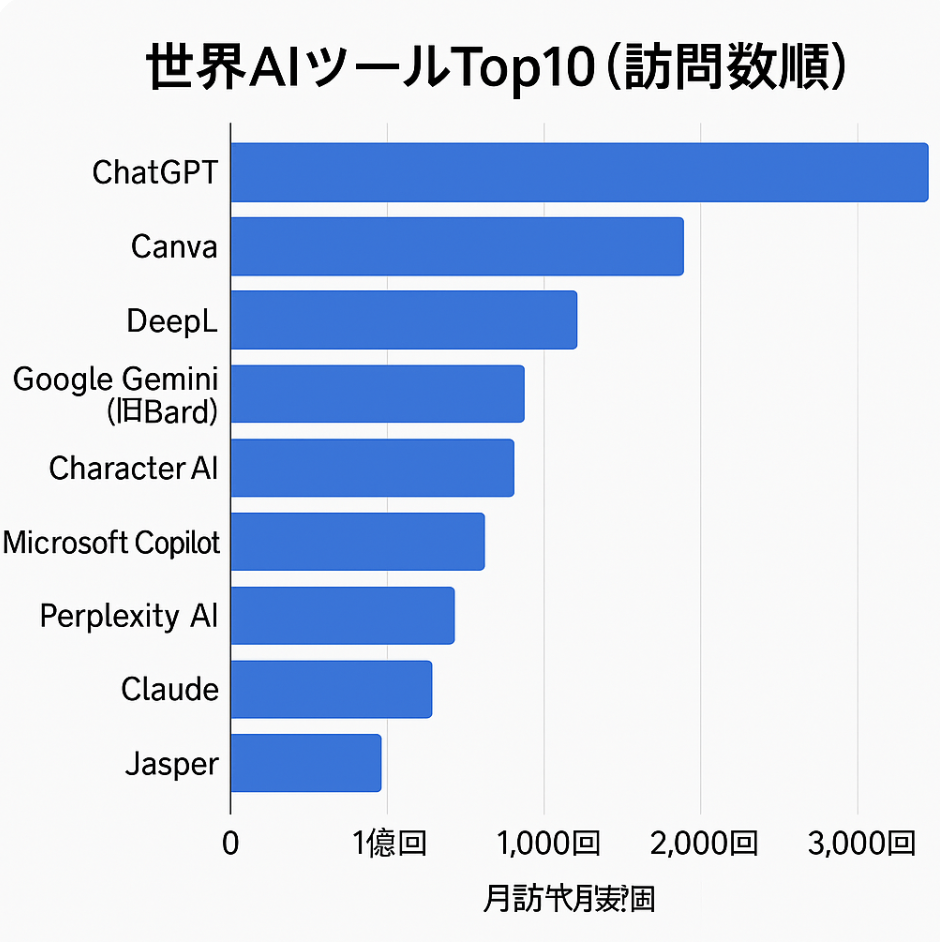


コメント